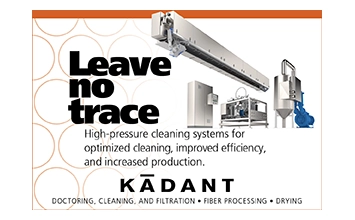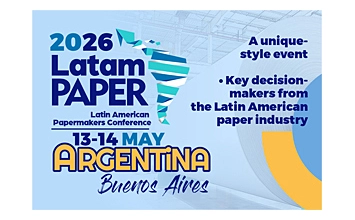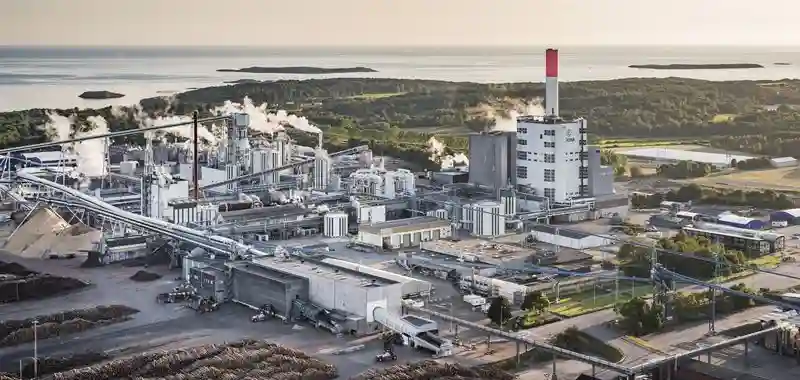Maryland has become the sixth U.S. state to adopt extended producer responsibility (EPR) legislation for packaging as well as paper products.
Senate Bill 901 (SB 901), sent to the governor on April 7, 2025, introduces a regulatory framework that places new obligations on packaging producers, with several provisions directly affecting paper-based materials.
A phased and flexible approach
SB 901 establishes one or more Producer Responsibility Organizations (PROs), which will be responsible for submitting five-year producer plans by July 1, 2028. These plans must set measurable goals for recycling, reuse, composting, and source reduction, based on a statewide needs assessment conducted every ten years.
To ease implementation, the legislation includes phased reimbursements to local governments for the costs of collection, transportation, and processing. Starting in 2028, producers must cover at least 50% of the cost per ton, increasing to 75% in 2029 and 90% in 2030.
Eco-modulation and recycled content targets
SB 901 also introduces eco-modulated fee structures, designed to reward packaging that is easier to recycle or made with post-consumer recycled content. This has clear implications for packaging design and material selection across sectors, including paperboard and fiber-based solutions.
The scope of the law includes packaging, beverage containers, and organic materials. However, some exemptions have been carved out—notably for:
- Mills using 100% recycled content in their containerboard;
- Mills that incorporate any amount of virgin fiber in their paper products;
- Small producers introducing less than one ton of covered material per year or generating under $2 million in global revenue.
Industry reaction: pushback from AF&PA
The American Forest & Paper Association (AF&PA) expressed strong opposition to the bill, issuing a statement on April 3 calling SB 901 “misguided.”
“Paper is already one of the most recycled materials in the U.S., with strong end markets,” AF&PA wrote. “This success has been driven by private investments, not mandates. EPR should focus on materials that lack robust recycling infrastructure.”
AF&PA also highlighted that between 2019 and 2025, the paper industry built or upgraded facilities capable of processing more than 9 million tons of recycled paper, arguing that the new law could impose unnecessary costs on consumers without improving outcomes for paper products.
A signal for the industry
For pulp and paper manufacturers doing business in the U.S., the Maryland law is part of a broader regulatory shift toward shared responsibility for packaging end-of-life management. Following similar laws in California, Oregon, and Colorado, SB 901 continues the trend of placing financial and operational responsibility on producers to support recycling and waste diversion systems.
The Product Stewardship Institute (PSI), which supported the bill’s development, praised Maryland’s approach for balancing local needs with national best practices. With more EPR discussions underway in other states, this latest development is a signal for the industry to continue aligning packaging strategies with evolving regulatory landscapes.
























































